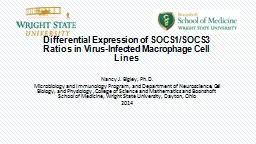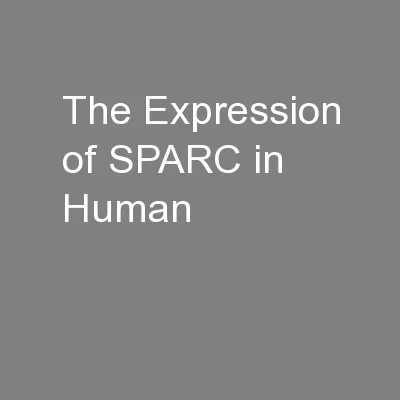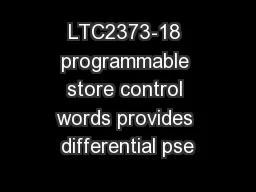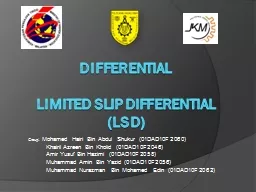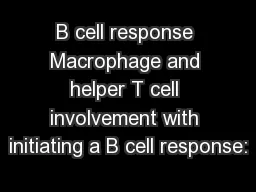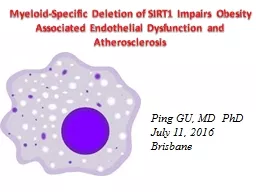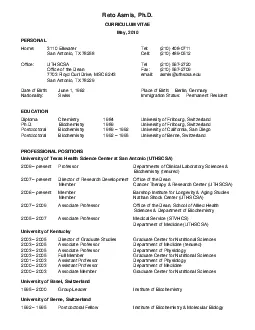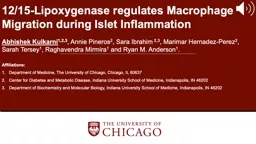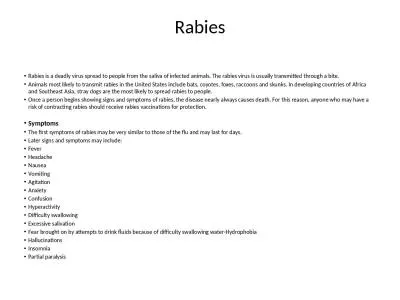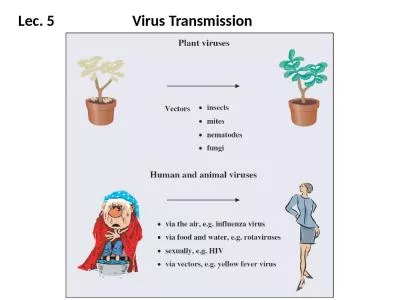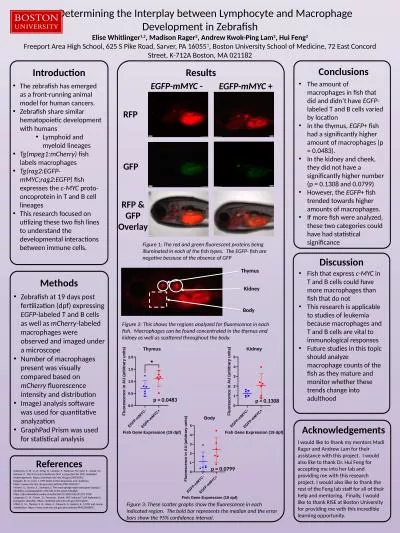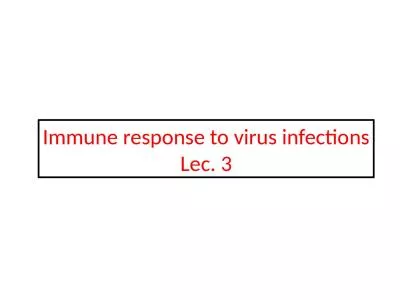PPT-Differential Expression of SOCS1/SOCS3 Ratios in Virus-Infected Macrophage Cell Lines
Author : luanne-stotts | Published Date : 2020-04-03
Nancy J Bigley PhD Microbiology and Immunology Program and Department of Neuroscience Cell Biology and Physiology College of Science and Mathematics and Boonshoft
Presentation Embed Code
Download Presentation
Download Presentation The PPT/PDF document " Differential Expression of SOCS1/SOCS3 ..." is the property of its rightful owner. Permission is granted to download and print the materials on this website for personal, non-commercial use only, and to display it on your personal computer provided you do not modify the materials and that you retain all copyright notices contained in the materials. By downloading content from our website, you accept the terms of this agreement.
Differential Expression of SOCS1/SOCS3 Ratios in Virus-Infected Macrophage Cell Lines: Transcript
Download Rules Of Document
" Differential Expression of SOCS1/SOCS3 Ratios in Virus-Infected Macrophage Cell Lines"The content belongs to its owner. You may download and print it for personal use, without modification, and keep all copyright notices. By downloading, you agree to these terms.
Related Documents

